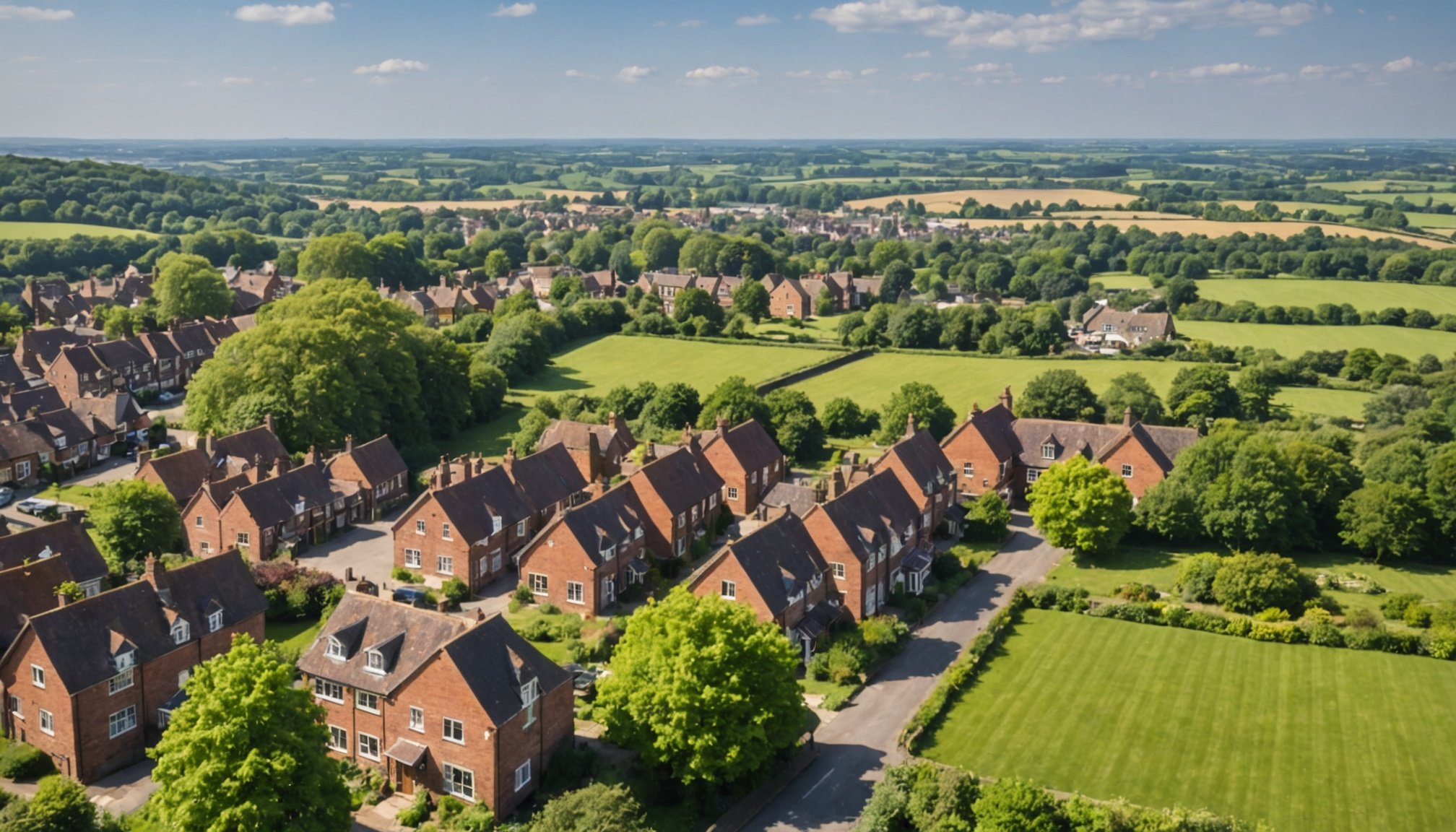In recent years, the landscape of housing and urban development in the UK has been a topic of significant discussion. As communities grow and evolve, the local development plans set forth by the government play a critical role in shaping the area‘s future. These plans not only guide land use and infrastructure but also profoundly influence property values. For those of you interested in understanding how these plans can affect your homes and investments, this article delves into the multifaceted impacts of local development plans on property values across the UK.
Understanding Local Development Plans
Before delving into the specifics, it’s crucial to grasp the essence of local development plans. These are comprehensive blueprints crafted by local authorities to guide the growth and development of communities. Their primary objective is to ensure a balanced distribution of land, catering to housing, commercial, and recreational needs.
Also read : What are the risks associated with flipping houses in the UK, and how can you mitigate them?
Local development plans are not crafted in isolation; they are the outcome of extensive community consultations. These plans address a myriad of components, including infrastructure improvements, urban expansion, and environmental sustainability. By aligning with national government policies, these plans aim to ensure that the development trajectory of an area fulfills both local and national objectives.
For example, a local development plan in England may prioritize enhancing infrastructure to accommodate a growing community. This might include the expansion of roads, improved public transport systems, and provisions for green spaces, all of which play a pivotal role in enhancing the quality of life in urban settings.
Have you seen this : How can you measure the success of your property investment portfolio in the UK?
Such meticulous planning leads to a structured approach, reducing the unpredictability associated with unplanned development. As a result, property owners can anticipate changes in property value based on the outlined plans. Therefore, understanding these plans becomes essential for anyone involved in the property market, be it homeowners, investors, or real estate professionals.
The Influence on Property Values
One of the most pressing concerns for you, as property owners, is how local development plans impact property values. The interplay between structured development and property prices can be both beneficial and challenging, depending on various factors.
When a local system is devised with a robust development strategy, it often leads to an increase in property value. This is primarily because well-planned areas tend to attract more residents and businesses, creating a thriving community. The supply of high-quality homes in such areas tends to meet the demands of potential buyers who prioritize urban living standards.
For instance, if a development plan includes the construction of a new school or a business hub, property values in the vicinity are likely to surge due to increased demand. The prospect of residing near quality amenities often justifies higher prices.
Conversely, poorly executed plans can lead to a decline in property value. This might occur if the development does not align with the community’s needs or if there is an excessive strain on existing infrastructure. For example, if the government fails to address traffic congestion or lacks sufficient public amenities, the area may become less attractive, leading to a drop in property prices.
It’s important for you to stay informed about these plans as they can provide insights into future market trends and potential value fluctuations.
Community Involvement and Its Impacts
Community involvement is a cornerstone in the formulation of effective local development plans. The community‘s active participation ensures that the development aligns with local needs and aspirations, which ultimately affects property values.
When community members engage in the planning process, they bring valuable insights about the neighborhood’s unique characteristics and requirements. This collaborative approach fosters a sense of ownership, leading to higher acceptance and support for the proposed changes.
For example, a community might prioritize the preservation of historical sites, enhance green spaces, or advocate for better transportation links. When these preferences are incorporated into the local development plans, the area becomes more desirable, often driving up property values.
Furthermore, community-led initiatives like neighborhood watch programs or local beautification projects can enhance an area‘s appeal. As a result, potential buyers may be willing to pay a premium for homes in well-maintained, community-focused areas.
For you, the involvement in local planning offers a strategic advantage. By voicing concerns and suggestions, you can help shape development plans that increase the desirability and value of property in your community.
The Role of Government Policies
The impact of local development plans on property value cannot be discussed without acknowledging the significant role of government policies. These policies set the framework within which local authorities operate, guiding development activities.
In England, the government has introduced several initiatives to address the housing crisis, with a strong emphasis on increasing housing supply. Policies such as the “Help to Buy” scheme and efforts to streamline planning permissions are designed to boost development activity.
However, these policies can have varied impacts on property value. For instance, an increase in the supply of new homes may saturate the market, stabilizing or even reducing prices in the short term. Conversely, policies promoting urban regeneration and the enhancement of infrastructure can lead to long-term appreciation of property values.
Additionally, government measures aimed at protecting green belts and historical sites can place restrictions on land use, influencing development plans and, consequently, property values.
Understanding the intricacies of these policies and their implementation helps you anticipate how government directives may affect your property investments. A proactive approach to comprehending these changes ensures you remain informed and prepared to adapt to evolving market conditions.
As you navigate the complex world of property investments in the UK, understanding the impacts of local development plans on property value becomes paramount. These plans, shaped by community involvement, government policies, and strategic planning, have a profound influence on the market dynamics.
By staying informed and actively participating in community discussions, you can better anticipate changes in property values and make informed decisions. Whether it’s benefiting from increased property prices due to enhanced infrastructure or advocating for local needs, your engagement is crucial in shaping the future of your community.
As the urban landscape of England continues to evolve, these development plans will remain key drivers in determining the trajectory of property values. Thus, your proactive approach will not only safeguard your investments but also contribute to creating thriving, sustainable communities.











